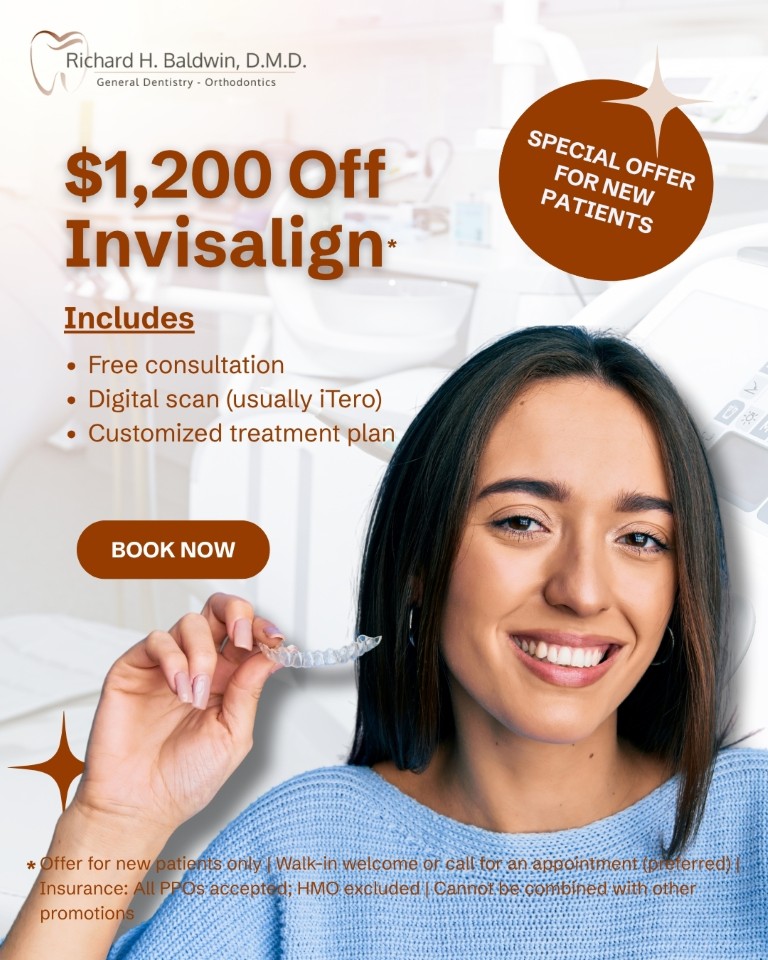Have Additional Questions?
8951 Atlanta Ave Huntington Beach, CA 92646
+1714-536-2571
Strong, Natural-Looking Implants for a Lifetime Smile
Dental implants are advanced, surgical-grade root replacements designed to support long-lasting, permanent tooth restorations. These artificial roots are securely anchored into the jawbone beneath the gums, where they naturally fuse with the bone for exceptional stability and strength.

- Function just like natural teeth
- Offer a permanent solution to tooth loss
- Help preserve jawbone health and prevent bone loss (atrophy)
- Improve chewing ability and overall oral function
- Enhance appearance and confidence
Frequently asked questions
Are dental implants right for me?
You may be a good candidate for dental implants if you have one or more missing, broken, or severely decayed teeth and are in generally good health. Ideal candidates must also have sufficient jawbone density and healthy gums to support the implant. The best way to determine your eligibility is through a dental consultation, where your provider will assess your oral health and bone structure using advanced imaging techniques.
What can I expect during the dental implant procedure?
Dental implant placement is a multi-phase process that typically spans 6 to 9 months. It begins with a surgical procedure in which a small titanium post is inserted into the jawbone, mimicking a natural tooth root. The gum tissue is then sutured over the implant, allowing it to heal and fuse with the bone over several months (a process called osseointegration).
During the procedure — which usually takes 1 to 2 hours — sedation or anesthesia is used for your comfort. After healing is complete, you’ll return to your dentist to have a custom-made crown attached to the implant, completing your smile restoration.
What kind of post-treatment care will I need?
After implant surgery, it’s common to experience minor swelling, bruising, or discomfort. These symptoms can typically be managed with over-the-counter pain relievers or medications prescribed by your dentist, such as hydrocodone or codeine. You may be advised to eat soft foods for up to two weeks while the surgical site heals. Practicing good oral hygiene and attending regular dental check-ups is essential to ensure long-term success.




